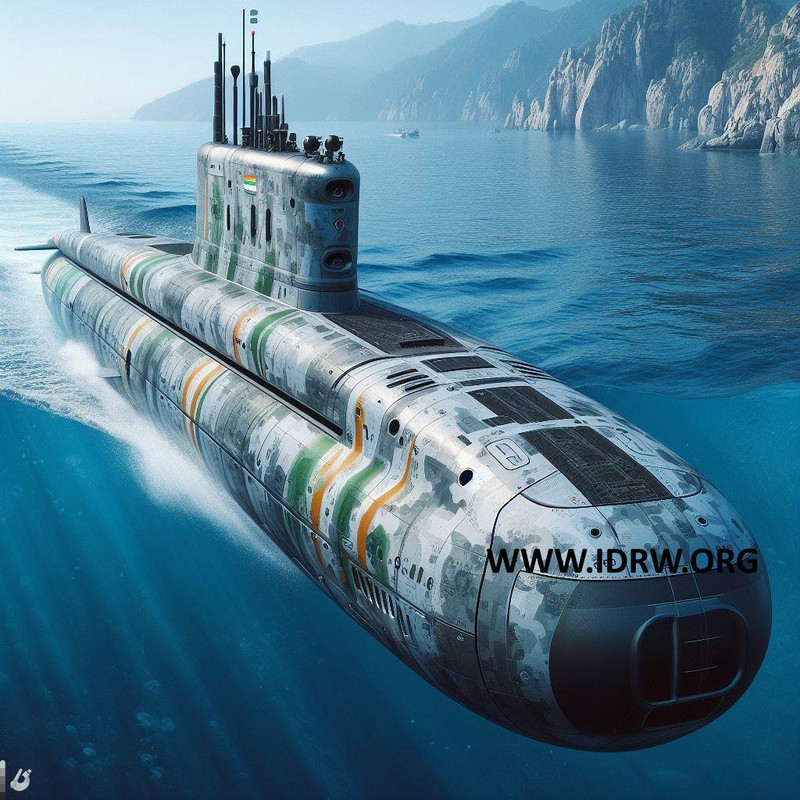SOURCE: RAUNAK KUNDE / NEWS BEAT / IDRW.ORG

The Indian Navy has set its sights on a future of self-reliance, aiming for complete indigenous construction of its warships by 2040. This ambitious goal signifies a significant step towards India’s strategic autonomy in maritime defence.
Despite advancements in domestic shipbuilding, the Indian Navy still relies on imported components for its warships. Crucial elements like gas turbine engines, sourced primarily from Ukraine or the United States, and key sensors acquired from Israel or Germany, remain a part of the current infrastructure.
A Two-Phased Approach to Self-Sufficiency
The Navy’s plan to achieve self-reliance is a two-pronged approach:
- Phase I: Sensor Independence (Current – 2030): This phase focuses on replacing imported sensors, including the crucial main radars, with domestically developed alternatives. This reduces reliance on foreign technology and fosters a robust domestic defence industry.
- Phase II: Hybrid-Electric Propulsion (2040): The Navy’s long-term vision involves developing its own hybrid-electric propulsion systems. These systems would cater to the diverse power requirements of various warships, offering greater efficiency and flexibility compared to traditional gas turbine engines.
The Indian Navy expresses confidence in achieving its ambitious goal. By 2040, they envision warships with nearly 100% indigenous content, encompassing not only core components but also weapon systems developed entirely within India.
Achieving complete self-reliance in warship construction will Reduce dependence on foreign suppliers and strengthen India’s maritime security posture by minimizing potential disruptions in critical equipment procurement.
NOTE : Article cannot be reproduced without written permission of idrw.org in any form even for YouTube Videos to avoid Copy right strikes. Websites doing illegal reproductions will get DMCA and Legal Notices.